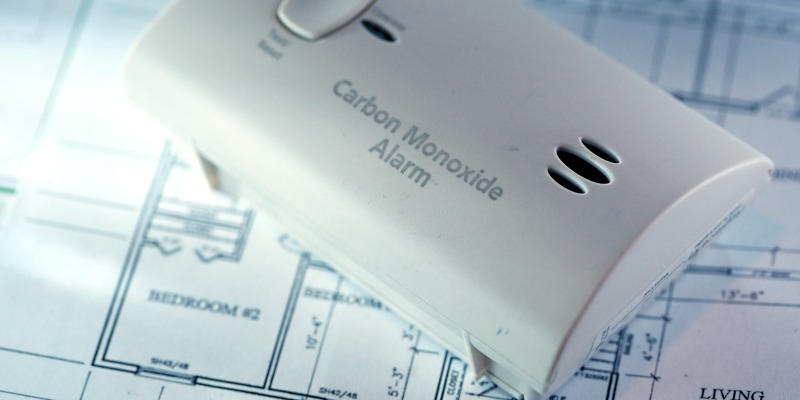Since 2014, the province of Ontario has required all homes at risk of carbon monoxide to install detectors for this potentially deadly gas. According to Kidde Canada, the carbon monoxide detector law in Ontario is called the Hawkins-Gignac Act. Here are some things you should know about the carbon monoxide regulations in Ontario.
1. When You Need Carbon Monoxide Alarms
Ontario regulations require homeowners who have gas-burning appliances and some other home features to have carbon monoxide alarms installed. That includes:
- An oil, propane or gas burning furnace
- An oil, propane or gas-burning water heater
- A propane, gas or wood-burning stove
- A propane, gas or wood-burning fireplace
- An attached garage
- An attached carport
Vehicles and any appliances that rely on combustion can create carbon monoxide. That includes coal, kerosene, charcoal and the fuels listed above. So if your home is exposed to these things, they need a carbon monoxide alarm for safety. Specifically, regulations call for the alarms to be placed outside of sleeping areas. Ideally, you would install them on every level of the home.
2. Where You Shouldn’t Install Carbon Monoxide Alarms
While we mainly focus on where you should install carbon monoxide alarms, the Ontario Association of Fire Chiefs also releases information about where you shouldn’t install a carbon monoxide alarm. These spots may send off false alarms or damage the alarm:
- Temperature: Temperatures below 4.4 degrees Celsius or above 37.8 degrees Celsius may damage the alarm. Typically, you won’t have spots within your home that reach these temperatures.
- Fumes: Paint fumes and household cleaning products can trigger the alarm. Don’t use them too close to the alarm, and ensure you have proper ventilation where you do use them.
- Cooking: Any cooking appliances or open flames can damage the alarm. Install the alarm at least five feet from these sources of heat.
- Vehicles: Carbon monoxide alarms can be damaged if they are too close to vehicle exhaust pipes. Keep them a few feet away from the exhaust pipes.
Are you looking to speak with a HVAC expert? Contact the team at Air Treatment ClimateCare today!
3. There are Alarm Options
While you may only be familiar with one carbon monoxide alarm option, there are actually three kinds that meet your obligations in the Ontario regulations:
- Hardwired: These alarms are connected to your electrical system just the way that your thermostat is. You never have to change the batteries on these, which can give you peace of mind.
- Battery-powered: Battery-powered alarms are more convenient to install, but they come with the downside of having to change the batteries regularly.
- Wall plugs: Wall plug alarms are very convenient because you don’t need to do much to install them and you don’t need to change their batteries. On the other hand, children and pets can accidentally remove them. You still need to perform regular check ups on these alarms.
Looking for more information on the Ontario Regulations for carbon monoxide detectors? Contact Air Treatment ClimateCare for more information.








